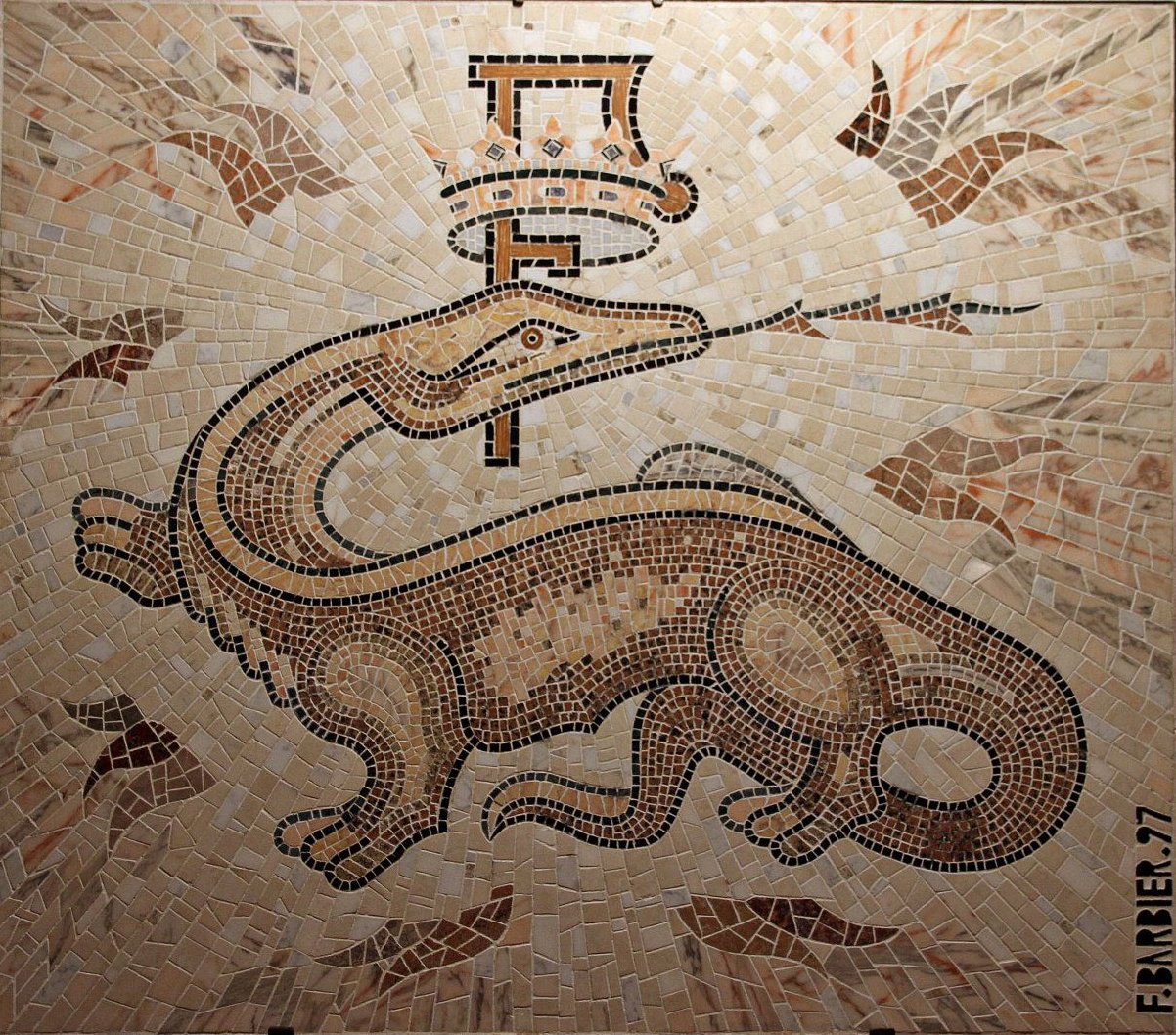
FONTESTEAU, A THIRTEENTH CENTURY CHÂTEAU
Historically situated along the pilgrimage route to Compostela, a property steeped in history
Iron Age origins
Fontesteau has been established since the Gallo-Roman era, with archeological evidence showing the presence of humans as far back as 800BC.
The word Fontesteau can be linked to the words testum, meaning clay, and fullonium, denoting a workshop for fulling or felting wool. This offers an etymological explication into the historical use of the site, namely an ancient activity of softening and degreasing wool using clay.
Alternatively, Fontesteau’s name could derive from the old French word font, meaning fountain or source, refering to the seven springs that originate here.
Around 20 years ago, during maintenance of Fontesteau’s lake, professor Leblanc, a paleo‐metallurgist of the University of Toulouse conducted studies on the lake, confirming the presence of a significant iron and steel industry dating back to the Gallo-Roman era.
1277 : The Château
Despite the dissappearance of many historical archives after the battle of Castillon in 1453, 1277 is recorded as the year that the Château was constructed. Of the original building only the keep remains, on which a coat of arms decorated with shells can be observed. The shells point in the direction of the Santiago de Compostela pilgrimage route, acting as signposts for pilgrims. Inlays of salamander decorating the keep were also discovered during refurbishment. It is unknown when grapevines began being cultivated at Fontesteau. The known owners are l’Abbé Menou, Messieurs Matthieu, Lombardi, Duquenne et Leglise.
1874 : First accreditation
1874: The date the wines of Château Fontesteau are first classified as Cru Bourgeois of the Médoc. The wines are then awarded Cru Grand Bourgeois status in 1966 and 1978. This time-honoured recognition of the quality of the wines confirms the land’s natural predisposition to cultivate brilliant Bordeaux wines. Since 2020, the wine Château Fontesteau has been classed Cru Bourgeois Supérieur.
1984 : Dominique Fouin is established as winegrower
Dominique Fouin becomes winemaker and works with owner Mr Leglise, who sells the wines. Fouin develops the estate to extend 35 hectares of grapevines, and markets the wines which spread locally to Bordeaux, around France and then internationally.
1997 : Château Fontesteau is bought by the Immelnkemper family
Joachim Immelnkemper had known Fontesteau since childhood and visited many times with his father on trips to the Médoc, negotiating over Bordeaux’s fine wines. Along with Dominique Fouin, he undertook a complete refurbishment of the Château, investing massively in new operating structures. Since his death in 2017, his daughter Sabine has continued to broaden the influence of Château Fontesteau’s wines in Germany.

Since 2020, Château Fontesteau has been classed Cru Bourgeois Supérieur
Cru Bourgeois since 1874, Château Fontesteau and its team have always been driven by a search for the upmost quality and customer satisfaction. With its unconventional architecture, the Château is an asset to wine tourism, and it plays an important role in the region’s notoriety within the wine sector.
The 2020 Ranking lists 249 wine properties on the Médoc peninsula north of Bordeaux: 14 Crus Bourgeois Exceptionnels, 56 Crus Bourgeois Supérieurs and 179 Crus Bourgeois.
-
While the classification emerged in 1740, it was not until 1932 that a list of Châteaux were titled Cru Bourgeois by a group of Bordeaux brokers, under the auspices of the Bordeaux Chamber of Commerce and the Gironde Chamber of Agriclture.
The eight municipalities of the Médoc are judged based on the quality and the value of their red wines.
-
The method of classification has changed several times.
In 2010, the Crus Bourgeois Trade Union implemented a new quality measure.
And thus, the Official Selection of Crus Bourgeois in the Médoc is published each year in September.
-
For the 2020 Classification of Crus Bourgeois in the Médoc, 5 vintages between 2008 and 2016 were blindly taste-tested by oenology professionals.
Once past this initial examination, the Châteaux were to substantiate their candidacy by presenting a full brief, followed by on-site checks. Particularly scrutinised were the enforcement of environmental standards, winemaking techniques and marketing (notoriety of the vintage, welcome reception etc).







